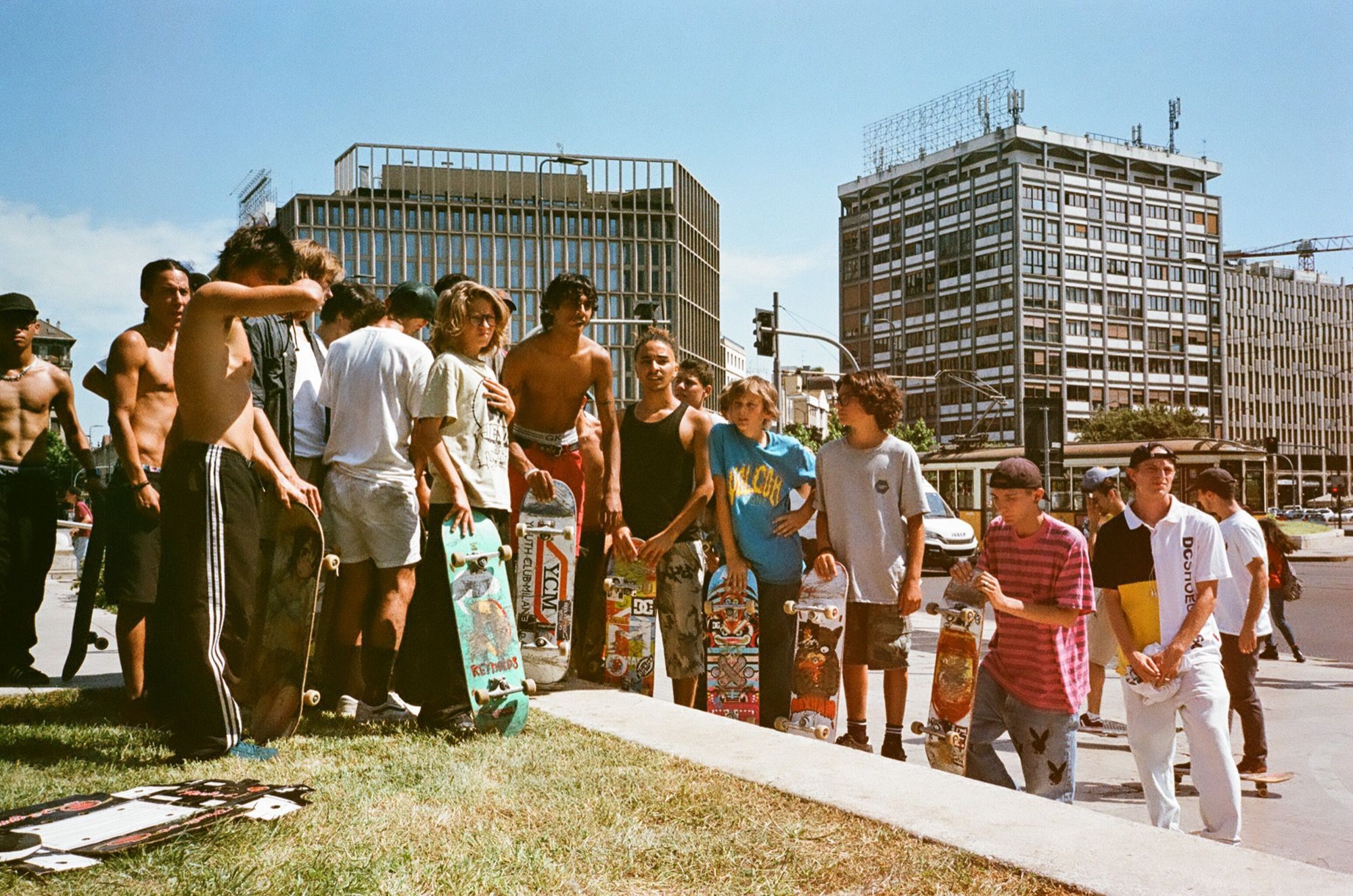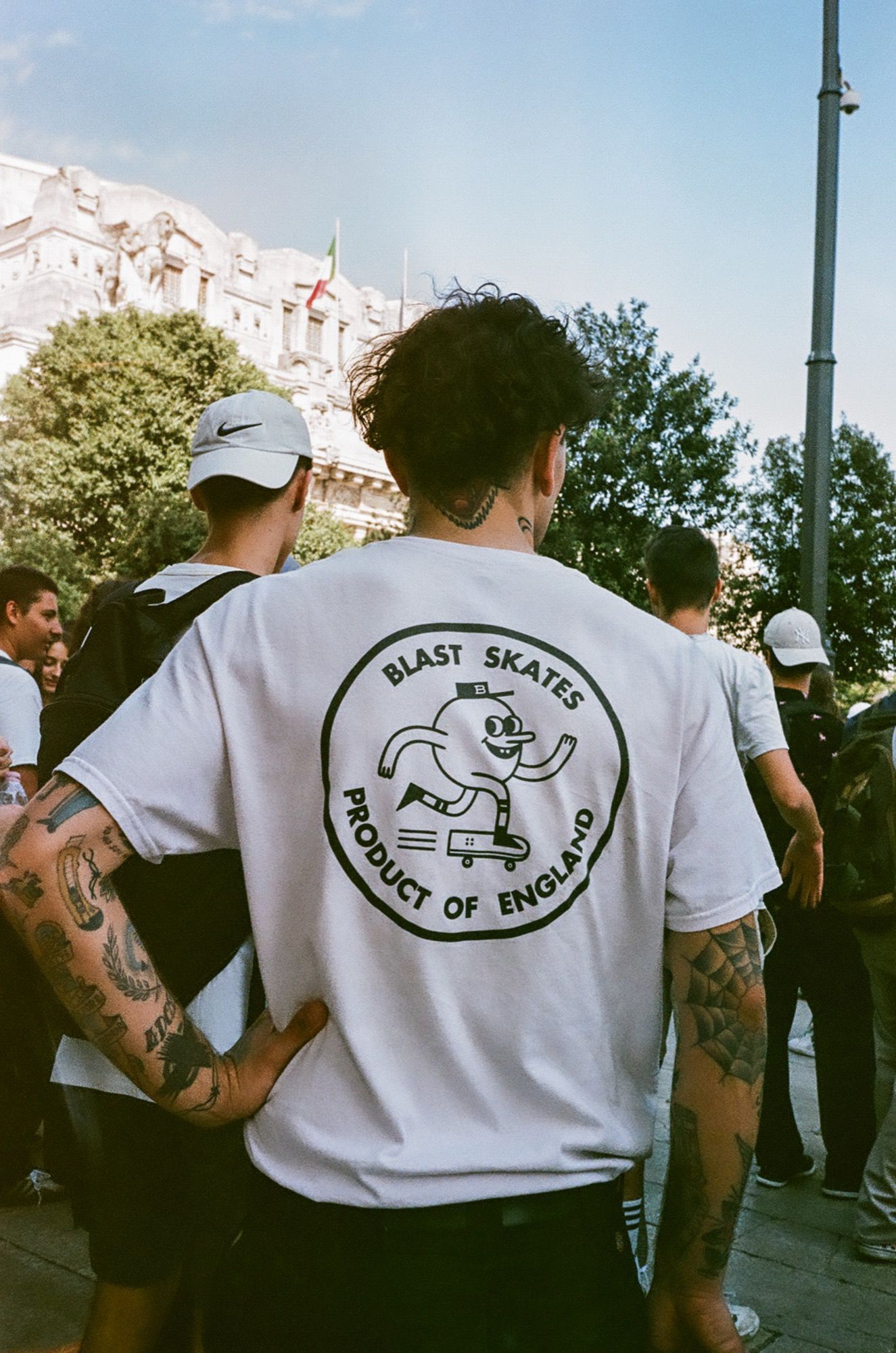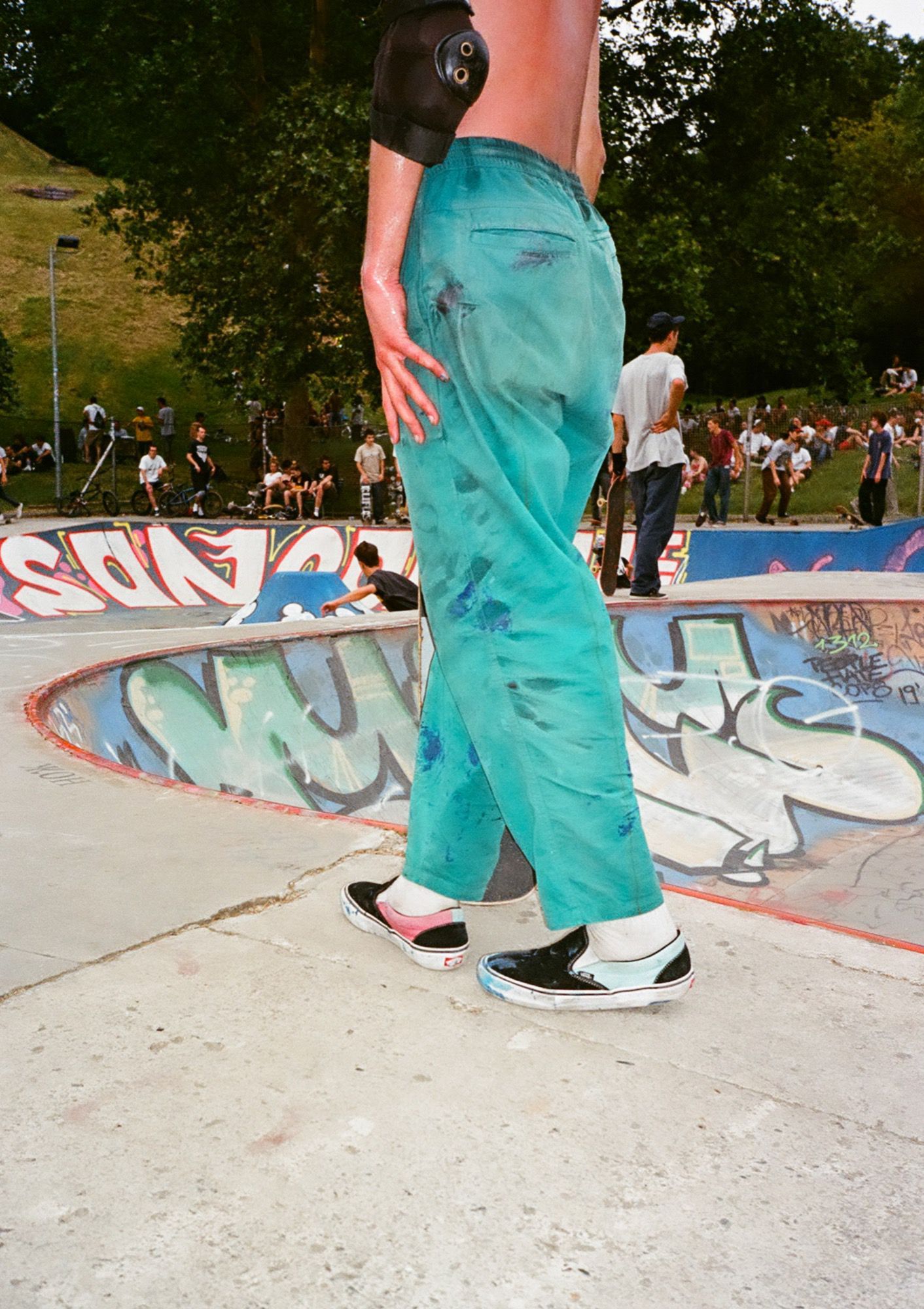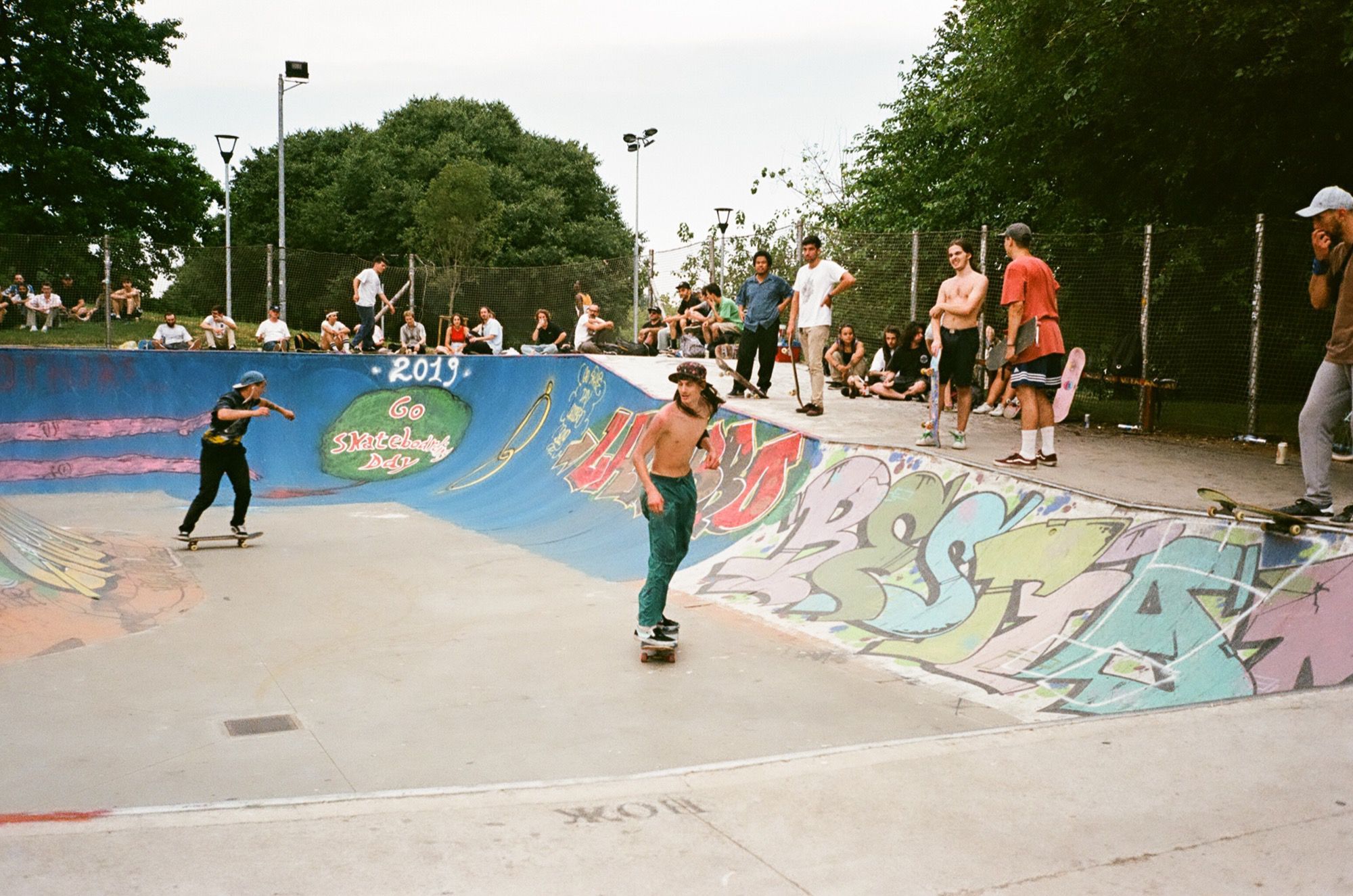
There's an artificial intelligence that identifies youth subcultures Subcultures are not dead. There is software that identifies them through digital language.
Once upon a time there were punks, mods, gabbers, normcore, skaters and paninis, every era has had its subcultures and its moment of rebellion to stand out from the general culture of society. All you had to do was walk down the street and it was clear what the trends were, today identifying the subcultures of our time is more complicated. You don't see emo walking the streets like you did in the 2000s anymore, but that doesn't mean subcultures aren't alive and well. They have moved out of sight, changed and expanded into a universe of a larger, more articulated and more intertwined constellations. But they are also harder to pin down because the language through which they branch out, the language of technology, acts as a barrier.
Tim Stock, professor of trend analysis and design at Parsons School of Design, is the one behind this thinking, he argues that subcultures are not dead and will never die. Their role in society adapts to the spirit of the times by changing form. Think for example of the Proud Boys or the Boogaloo movement, both active contemporary countercultures even though they are on the black lists of domestic terrorism, or the Japanese Bosozoku phenomenon or the new pop-punk. Tim Stock is also co-founder of the predictive consulting firm ScenarioDNA and co-developer of Culture Mapping, a tool that uses machine learning to detect and characterize invisible subcultures using language analysis and predicting the direction of cultural phenomena over time. He said:
"Technology allows subcultures to be even more ephemeral in their nature. They can maintain their ideology but quickly move from one scenario to another or avoid it. And continue to thrive".
Once you start looking at online subcultures things start to get confusing, among billions of pieces of data the Culture Mapping software collects, analyzes and categorizes this data based on archetypes of behavior. Through artificial intelligence, the system uses algorithms to make meaning out of hashtags, search histories, account sequences and behavioral habits. The information produced is then useful to companies and brands. Culture Mapping's clients include Ikea, Nike, Hilton and Honda.
It is paradoxical, however, that according to Tim Stock one of the major trends of Gen Z is precisely that of rejecting technology, even though it is now impossible to live offline, conditioned by a strong fear of the future and not even being able to grow old between climate crises, pandemics and wars. Moreover, if before being part of a subculture meant being part of a group, meeting in a club, feeling cool, today the comparison takes place with the smartphone camera and in the comments under the posts. Everything is more blurred and the semiotic signs are not as clear-cut. These are not mass movements, united by a shared taste for music, fashion and ownership of subcultural capital, they are rather faster trends that are born and die at the speed of clicks with a shared thought or ideology. Punk's journey from the first sightings of the Ramones and Richard Hell in New York to the front pages of the British tabloids lasted a couple of years, during which time it changed and developed and mutated. Seapunk's journey from internet gag to Rihanna on Saturday Night Live lasted a few months.
A current example instead are the haul girls with their videos full of clothes or the Afro Beat, another subculture identified by the Culture Mapping team that brings together the best musicians of the contemporary London jazz scene including Moses Boyd, Tony Allen, Mubia Garcia, Sons of Kemet influenced by their African origins. It's no longer about what you wear but what you think. Today's subcultures don't necessarily side with something or oppose something else, they don't necessarily have a political connotation, they just need to create their own space that is often hard to spot by an adult eye, and often online.






















































